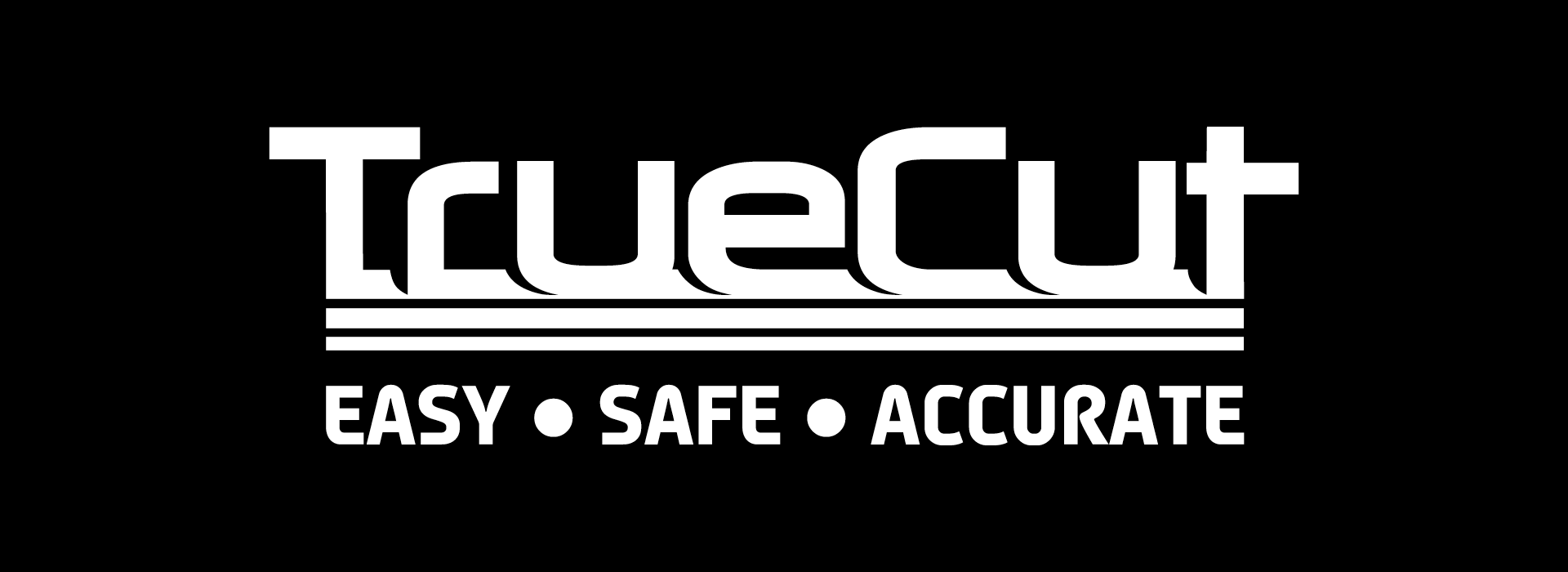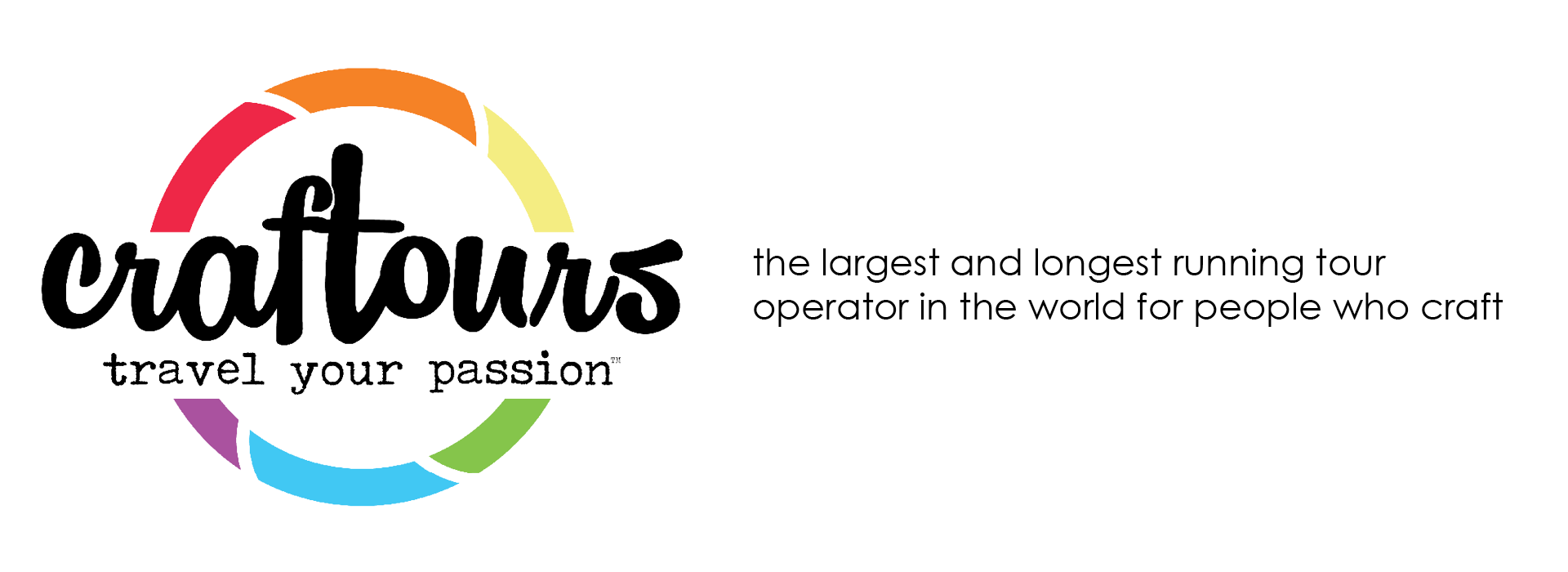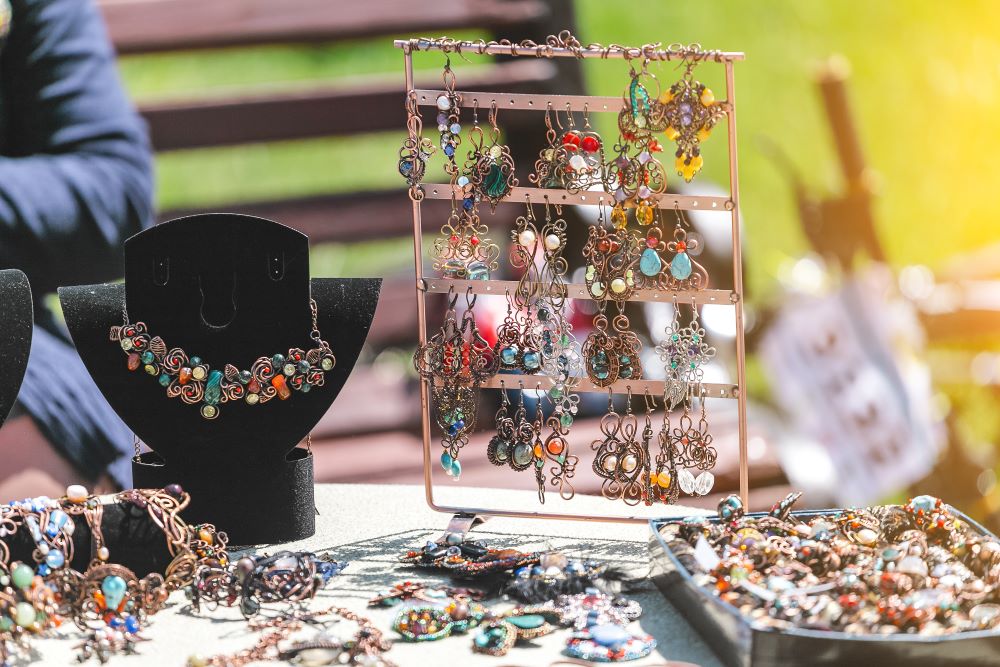
Craft Industry Trends for the Start of 2025

by Craft Alive | 5 minutes, 14 seconds read
Amid industrialisation and, later, digitisation of modern society, good old craft-making not only managed to survive but also thrive. While a minor contributor to Australia’s economy, the fact that it generates billions is more than enough proof that craft-making remains alive and kicking – as it should be for a country with a long history of such.
We can point to several reasons why this is the case, but they’re a topic for another time. That said, we can humour you with one: finishing a craft project gives people a sense of accomplishment. The jewellery above would have taken hours, if not days, to finish, but seeing your work turn out exactly like you wanted is nothing short of fulfilling.
Nevertheless, just because craft-making is still around today doesn’t mean it’s immune to change. Adopting machinery is one example, though some artists still make crafts by hand. And with a few months left before the end of 2024, we figured that it’s as good of a time as any to learn the current craft trends that’ll influence the industry in 2025.
Virtual Craft Shows
The COVID-19 pandemic was an unprecedented time in modern history, and craft-making wasn’t spared from its effects. Lockdowns forced craft fairs and other related events to be put on hold, if not postponed indefinitely.
Yet, craft-making stayed strong, as enthusiasts turned to knitting and needlework, among others, to kill the boredom. In social media, the tag #quarantinecrafts trended with people showing the crafts they made during quarantine. It also kept them busy, which contributed to enduring the effects of being confined at home for months on their mental well-being.
Craft fair organisers later found an opportunity: instead of bringing people to the fair, why not bring the fair to them? This gave rise to online or virtual craft fairs, though they initially fell short in attendance compared to physical ones. It wasn’t until CraftAlive launched its Great International Craft Show (GICS) in 2020 that this approach became viable.
Despite the lockdowns all behind us, GICS and other online craft fairs continue to be held alongside their brick-and-mortar counterparts. They’re great alternatives for enthusiasts who can’t attend a physical craft fair, whether due to health issues or the venue being too far. They can shop for materials and learn from skilled artists from the comforts of home. The DIY movement has fueled the popularity of craft-making as people continue to look for craft ideas and create unique pieces.
Business Opportunities
For the past few decades, craft-making has struggled with getting artists to commit to the art full-time due to its low income. The majority of craft artists only make four figures per year selling their work, which – as we mentioned with the jewellery example – might have taken them days or weeks to produce.
It seemed like craft-making would remain a hobby or, at most, a sideline career. However, thanks to a Taylor Swift tour last February, that picture changed.
Whether or not you’re a Swiftie, you probably have read or heard somewhere that Taylor Swift infuses the local economy wherever she goes. In the run-up to the Australian leg of The Eras Tour, craft businesses reported spikes in sales of friendship bracelets. This not only affects those who produce them but also those who supply the materials and craft kits for DIY crafts.
Some businesses also reported getting orders for bracelets for other concerts and tours moving forward. And with no shortage of such events in 2025, craft makers may just have stumbled upon a golden business opportunity. Of course, it’ll take tons of hard work on your part (and probably a bit of luck) to make the most out of this chance.
The craft industry is all about creating unique and one-of-a-kind, handcrafted pieces. Don’t be afraid to experiment with materials like leather, ceramics, crochet yarn, wood, textiles, and more. Whether you’re into creating customized items like artisan soap or candles, upcycled paper crafts or vintage accessories, needle felting and knitting tote bags, or woodworking home decor – even a little bit of creativity can go a long way.
But it’s not just about crafting unique wall art, creating rustic pottery home decor or planters, or producing the best boho tote bags. Understanding your clients and potential customers is essential for business success in the craft industry. It’s important to consider the interests, preferences, and budget of your customer base and prospective clients.
Increasing Eco-Awareness
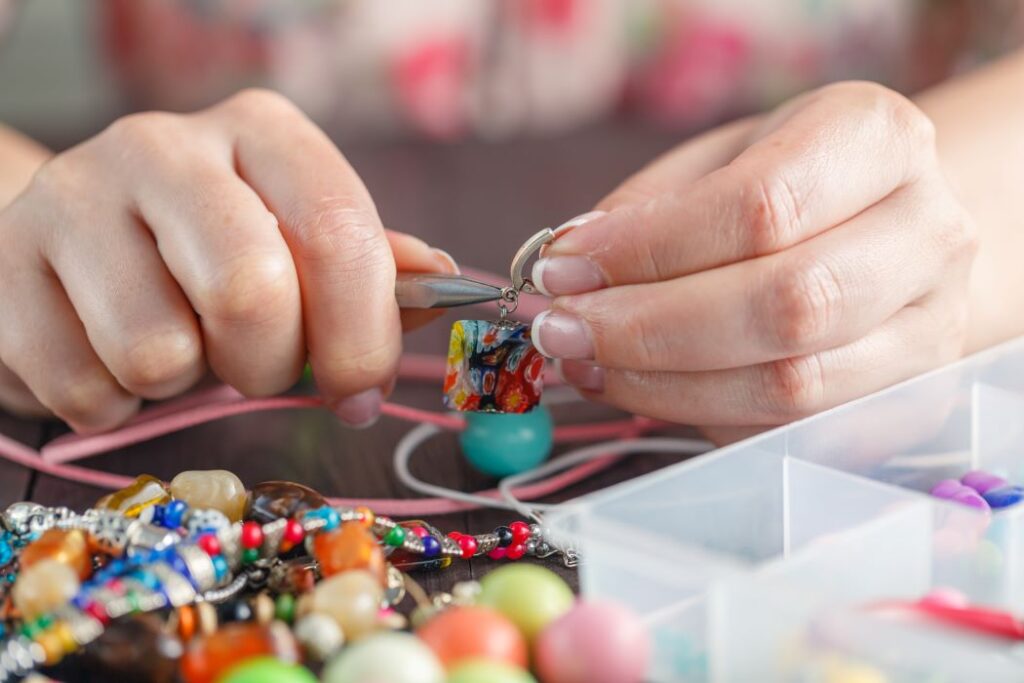
Craft fairs and other craft events have been making environmental awareness a key tenet, from showcasing crafts made with sustainable practices to encouraging visitors to shop with eco-bags. Recycled and eco-friendly materials have grown increasingly popular in the craft industry, as people seek to reduce their environmental impact.
Craft-making has always been rooted in making do with what you have. Early civilisations lived off the land to create the crafts and tools they needed to perform their daily routines, among other things. They also made some crafts to trade for essential goods, but they also dared not to excessively forage for crafting materials, lest they anger their deities or spirits.
As a result, even with the widespread use of machines in some craft-making disciplines, some artists still prefer doing their craft projects by hand. Apart from the sense of fulfilment and wealth of craft ideas it brings, manual craft projects are normally limited to hand tools like scissors, cutting blades and paintbrushes. This keeps their carbon footprint to a minimum.
Additionally, handmade crafts have several platforms where they can be showcased. One example is Sydney Craft Week, which promotes itself as the only craft fair in the city that’s dedicated to exhibiting handmade crafts. It has only been around for eight years, meaning it has all the time in the world to grow its advocacy.
The Future is Bright
The craft industry is constantly evolving, with new craft ideas emerging and old ones finding new popularity. Craft-making has a bright future ahead of it, not just in 2025. Between a steady increase in craft fair attendance – physical or virtual – and growing environmental awareness, we can say with confidence that it’s in a better position than ever to inspire more people to get into the art, whether as a pastime or a profession.
Recent Stories
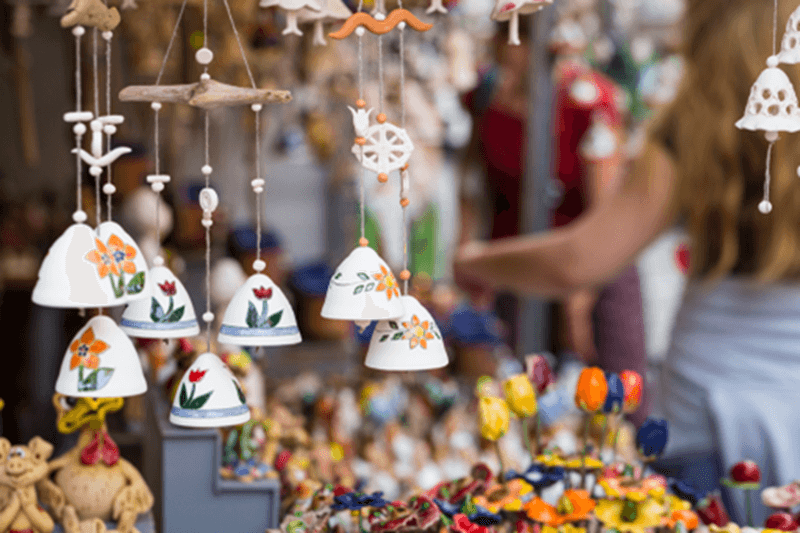
Best Craft Fairs in Australia 2025: Top Picks and Highlights
by Craft Alive | 4 minutes, 31 seconds read

Craft Industry Trends for the Start of 2025
by Craft Alive | 5 minutes, 14 seconds read
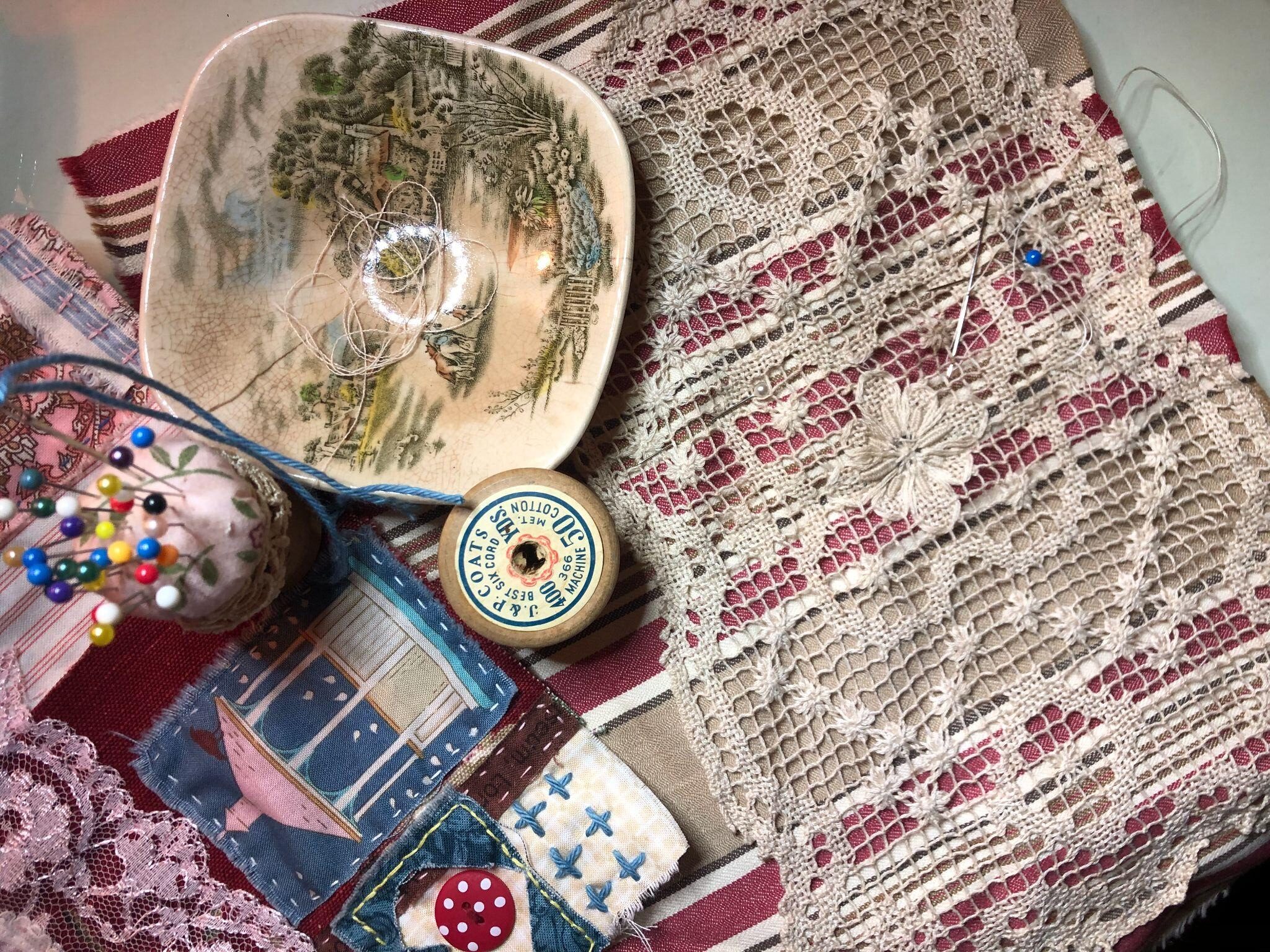
Understanding Local Craft Fairs: A Guide
by Craft Alive | 5 minutes, 9 seconds read
Send Us a Message
"*" indicates required fields






